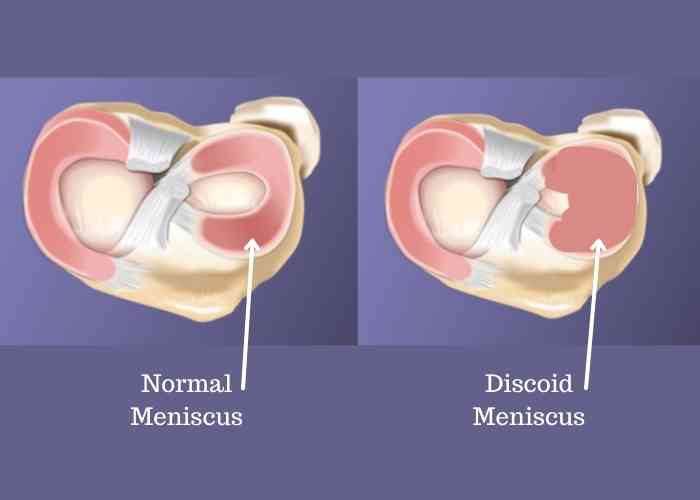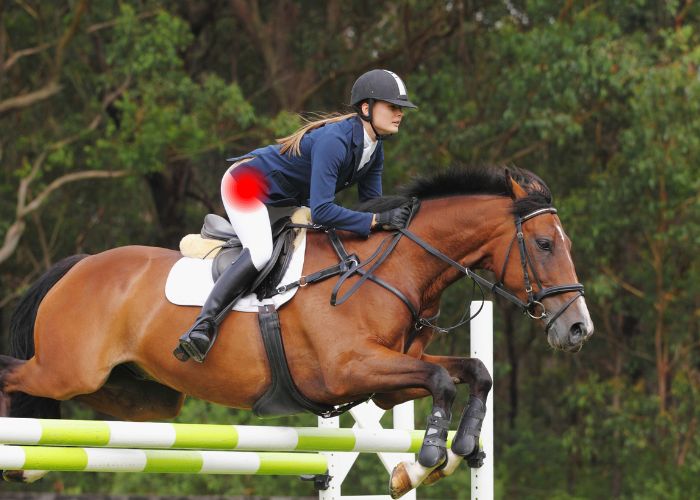Discoid Meniscus Repair Surgeon

A discoid meniscus is an uncommonly-shaped meniscus that can cause some patients pain, locking or instability in their knee. If the discoid meniscus becomes injured, or if patients are experiencing problems, it may need to be reshaped into a more normal meniscus shape, or crescent shape. Doctor Ronak Mukesh Patel, provides diagnosis and both surgical and nonsurgical treatment options for patients in Sugar Land, Pearland, and the Houston, Texas area who are experiencing knee pain and have a discoid meniscus. Contact Dr. Patel’s team today!
What is a discoid meniscus?
Each knee has two menisci, one on the inside (medial meniscus), and one on the outside (lateral meniscus), within the knee joint. The meniscus act as shock absorbers in the knee, allowing comfort between the tibia (shin bone) and femur (thigh bone) when walking, standing or running. They also help in joint stabilization. A normal meniscus is shaped like a crescent and is made of tough, rubbery cartilage. A discoid meniscus is an irregularly shaped meniscus that is more oval than crescent. It is typically on the lateral meniscus. Discoid menisci are more susceptible to injury, due to their shape and thickness. Injured or torn discoid menisci are categorized into three types:
- Complete Discoid Meniscus: The meniscus covers the tibia completely (oval-shaped)
- Incomplete Discoid Meniscus: The meniscus is wider and thicker than a normal meniscus.
- Hypermobile Wrisberg Meniscus: The meniscus does not have ligaments that attach it to the tibia and femur, causing the knee to lock, pop, or cause deep knee pain.

How do you treat a discoid meniscus?
Discoid meniscus is treated with a saucerization technique with or without repair of the meniscus. This procedure involves restoring the cartilage into a “normal” c-shape and thickness. Saucerization is done surgically and has a high success rate of knee cartilage restoration. Dr. Ronak Mukesh Patel specializes in discoid meniscus repair and saucerization for patients in Sugar Land, Pearland, and the Houston, Texas area.
Why would I need saucerization of my discoid meniscus:
Saucerization may be necessary for patients diagnosed with a discoid meniscus, who are experiencing symptoms of a tear or other injury. Discoid meniscus are more susceptible to injury and can degenerate more quickly than a normal, c-shaped meniscus. Saucerization can re-shape the meniscus, allowing it to operate as a normal meniscus should.
How is discoid meniscus saucerization repair performed?
Saucerization of a discoid meniscus can be done arthroscopically, under anesthesia. Dr. Patel performs this surgery by making small incisions in the knee and utilizing an arthroscope (small surgical camera) and other specialized instruments. The type of discoid surgery or saucerization is based on the type of discoid meniscus: the shape and thickness. Complete and incomplete discoid menisci are typically treated with saucerization, which involves cutting and reshaping the meniscus into a healthy crescent shape. If the discoid meniscus is also torn, Dr. Patel may need to trim away torn pieces and smooth or repair the meniscus. If the patient has hypermobile Wrisberg discoid meniscus, saucerization may be required as well as sewing or repairing the meniscus to the joint lining to better secure it within the knee.
How long is the recovery after saucerization or discoid meniscus repair?
It is important for patients to participate in Dr. Patel’s specific, individualized physical therapy protocol following surgery. This may typically include:
- A brace may be required immediately after surgery if a repair is performed with stitches and continue for up to 6-8 weeks. Crutches will be needed for 1 week with saucerization only and for 4-6 weeks with saucerization + repair. Weight-bearing activities start immediately for saucerization alone and in 1-2 weeks for saucerization + repair.
- A combination of rest, ice, and non-steroidal anti-inflammatory medications (NSAIDs) are encouraged to manage any post-operative pain and inflammation. If necessary, Dr. Patel may prescribe stronger pain medication to be taken as directed.
- The key to a successful recovery following a meniscus repair is active participation and completion of the physical rehabilitation program set forth by Dr. Patel. This physical therapy program typically begins with passive range of motion exercises and gradually progresses to active strengthening exercises.








